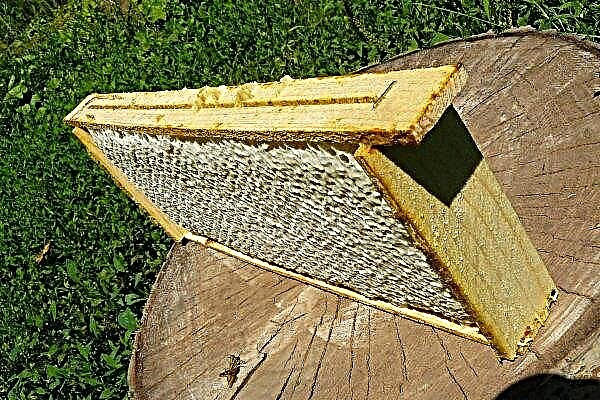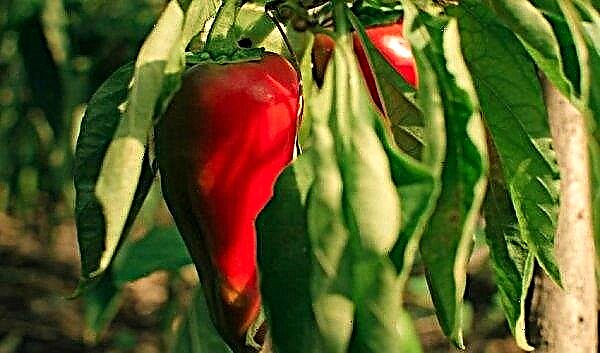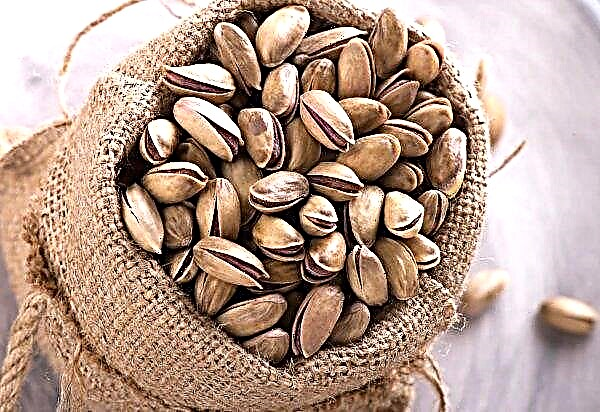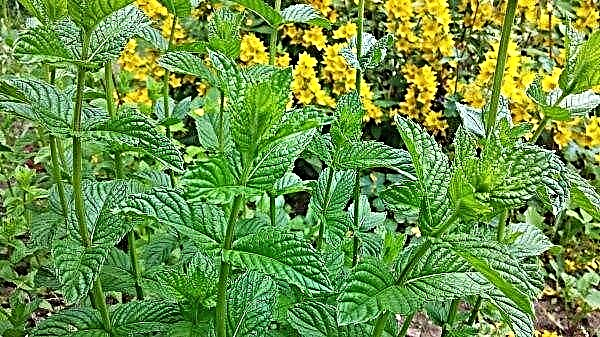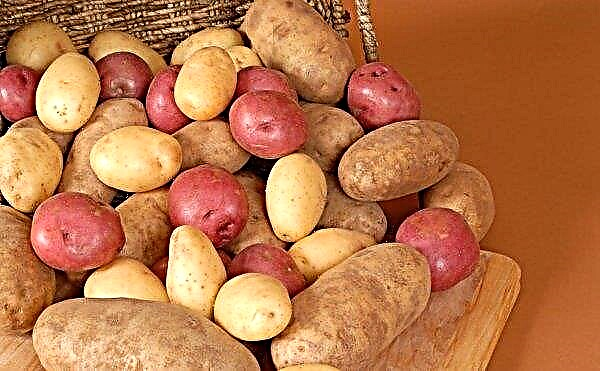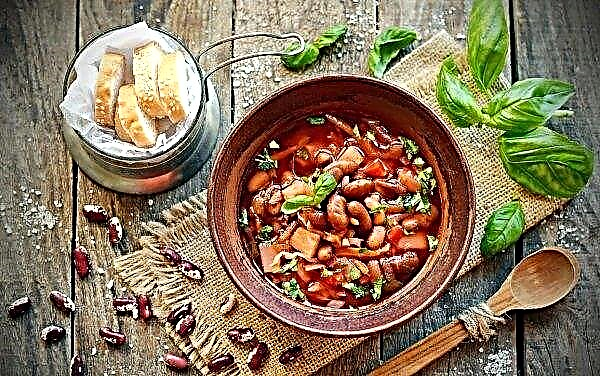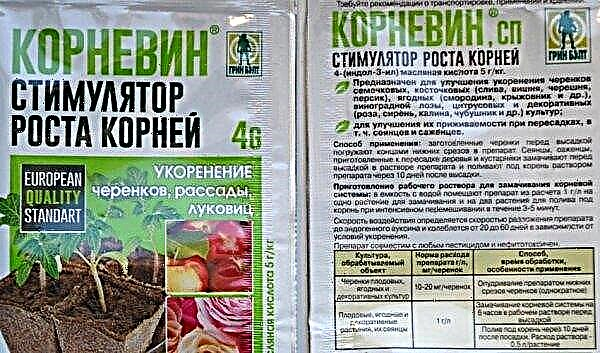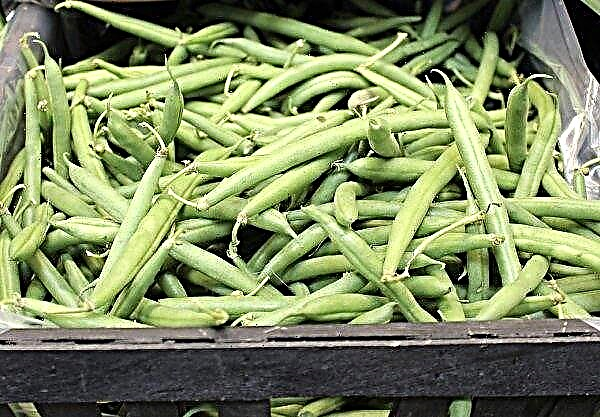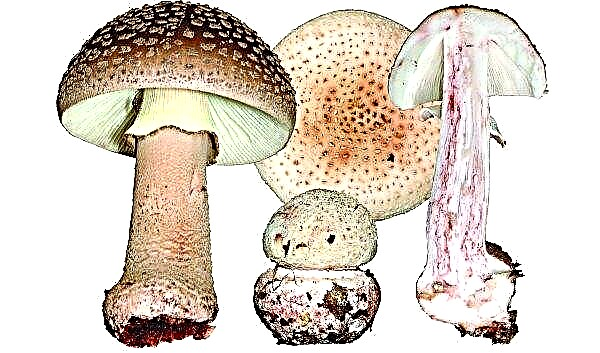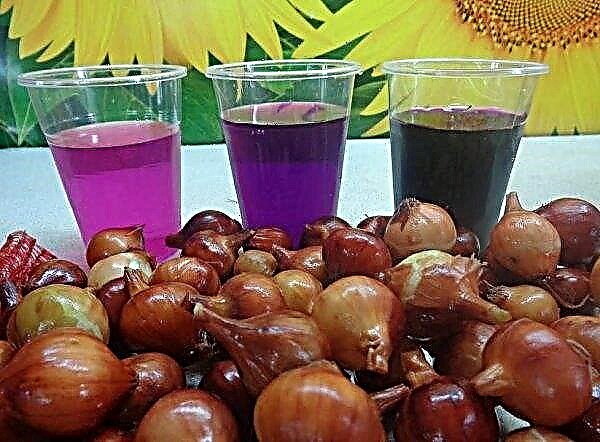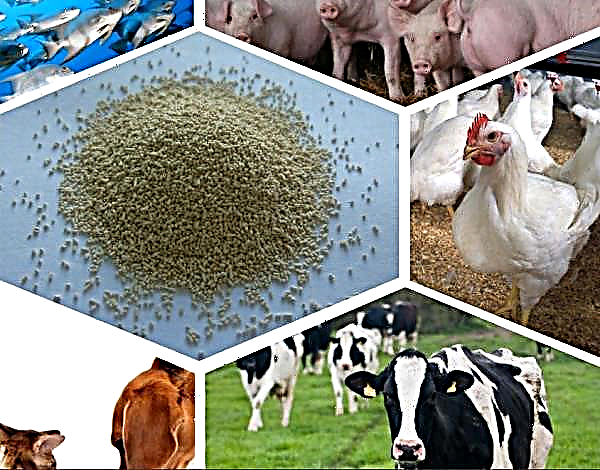False white mushroom differs from others in extremely bitter taste, but resembles their appearance: a thick leg and a brown hat, which makes it look like a variety of boletus. Both are widespread in coniferous forests with acidic fertile soil. About how to distinguish false from real boletus, whether it is possible to cook and eat them, read further in the material.
Description
If you collect mushrooms for cooking, you should find out how they differ from other similar mushrooms. Accidental inclusion of false boletus or their counterparts in food can make it inedible, and sometimes dangerous.
False porcini mushroom (Tylopilus felleus) was first described by the French mycologist Pierre Bulliers in 1788. At first he was given the name Boletus felleus. He was assigned to the same genus as the real boletus. But later isolated in a separate - Tylopilus. And now it is the only representative of this genus that grows in Europe.
Did you know? Tylopilus felleus was tested for antitumor and antibiotic properties and showed a positive result, so the fungus is used as part of some drugs.
Tylopilus felleus grows in deciduous and coniferous forests. It is often found under beech and oak. False white grows in separate groups or alone. Appears in mid-summer and continues fruiting until mid-autumn.
The description of the fungus contains the main external signs by which it can be recognized in the forest. But it is best to focus on taste, since edible whites never bitter.
Did you know? The brown net foot is the reason that the inedible Tylopilus felleus is mistaken for the edible Boletus edulis. Although the latter is brighter.
The main characteristics of the double:
- A hat. The diameter is 5–13 cm, sometimes it reaches 18 cm. It is convex in shape, but becomes widely convex or almost flat when it gets old. The edges are smoothed, split and become slightly wavy. The surface is dry, smooth, soft-leathery, sometimes covered with cracks. The color is brown, but if the mushroom grows in the sun, it burns out and becomes pale: yellow, light brown, gray-brown, greenish. Upon reaching maturity, the hat acquires a darker shade.
- Leg. Long - up to 10 cm, often curved, thick, but not always. Basically, it is noted that its thickness is 1.5-4 cm. The hue from above is whitish or pale brown. Dropping below, it becomes pale brown or brown. The surface is strongly mesh with a wide brown mesh. The basal mycelium is white.
- Pulp. Thick, not hard, often elastic, white. When cut does not change color. But some sources say that at the cut it is pale red.
- Tubular layer. First white, turns pink over time. Looks like a sponge. When pressed, it changes color to pinkish-brown, but does not happen in red. Such a shade may be a sign of a boletus. The tubes are dense, rather small, up to 20 mm long, ending in round pores with a diameter of 1-2 mm.
- Spore powder. Brownish pink. The spores are small, ellipsoidal.
- Smell and taste. Very bitter taste and neutral smell.
Other names
The name “felleus” comes from the Latin “fel”, means “bile” and is a reference to a specific taste.
The same fact is noted in a number of Russian folk names of this plant:
- mustard;
- bitter;
- gall mushroom.
 There are other, less common names: red bitter, bitterness.
There are other, less common names: red bitter, bitterness.
Edibility
Although false white and not poisonous, in most reference books it is defined as inedible due to its bitter taste. The same pungent palatability makes it dried in small plates in some countries and used instead of pepper. The bitterness of bitterness cannot be eliminated, and during heat treatment it only intensifies.
Did you know? The Russian name "Boroviks" is formed from the place where these mushrooms can be found in abundance - in a pine forest.
Spread
It is quite common in the countries of Northern Europe, Canada, and Russia. False white is also recorded in parts of Asia and China. These mushrooms appear in summer and autumn from June to October or even November. They grow on well-drained acidic soils, which can be sandy, gravel or peat.
They can be found in moist places, swampy and where there are many fallen leaves. Fruit bodies also grow in the cavities of old trees, on old pine stumps or on fallen trunks.Productivity is unstable. In some years, a large number of mushrooms may appear, and in others - not. Typically, yield is proportionally dependent on rainfall.
Important! Mushrooms can be affected by Sepedonium ampullosporum. Infection leads to necrosis of the fungal tissue and a color change to yellow, caused by the formation of a large number of pigmented conidia (immobile spores).
Similar mushrooms
Most often, false white is confused with mushrooms and boletus. But small differences are in size, color, place of growth.
If you cut a boletus (Leccinum), then its flesh on the cut will turn pink. The flesh of the false white blushes in this case. In addition, the growth of mustard under birch trees has not yet been recorded. The leg of the latter is reticulate, but without the scales inherent in Leccinum.
The difference with real white is the lighter leg of white. All other varieties have darker legs. The pulp of white does not darken and never bites, and also has a pleasant mushroom aroma. The bottom hat of the bile fungus is pinkish, unlike mushrooms.
Important! The fruiting bodies of Tylopilus felleus are highly capable of storing radioactive cesium from contaminated soil.
Mushroom mushroom is distinguished by a characteristic mesh on the hat. Boron boletus is recognized by the spherical shape of the cap and the cylindrical leg of brown-brown color. All edible boletus are determined by the lower layer of the cap. It will be white, yellowish or olive. Any other shade is a symptom that you are not a boletus. It is not worth taking such a mushroom to protect yourself from poisoning. Ingestion of plant poisons is dangerous because not all of them can be neutralized without consequences.

False white does not have high nutritional value and despite the fact that it is conditionally edible, it is not recommended for use. Collect only those mushrooms in the forest that you can definitely identify as edible.


